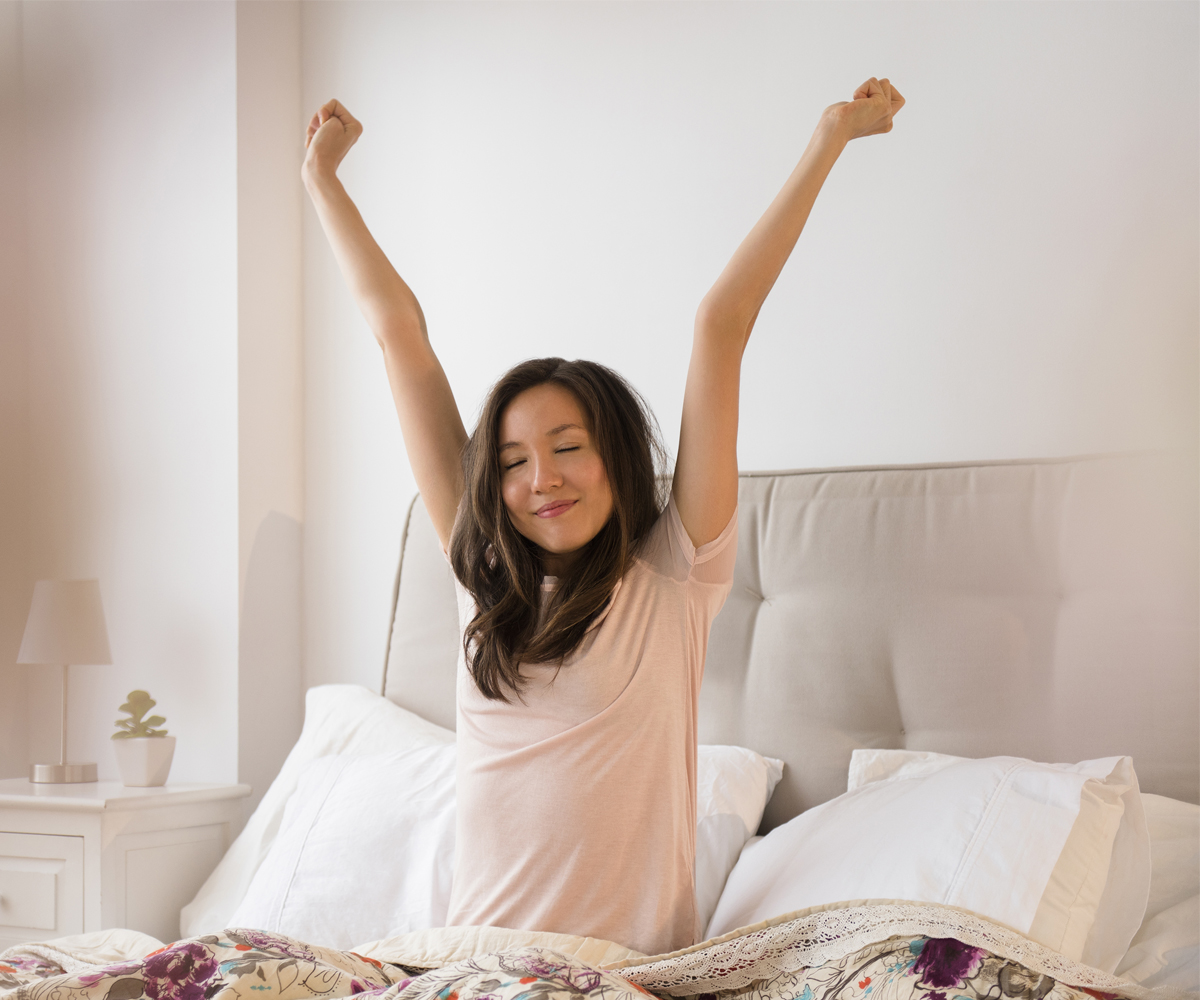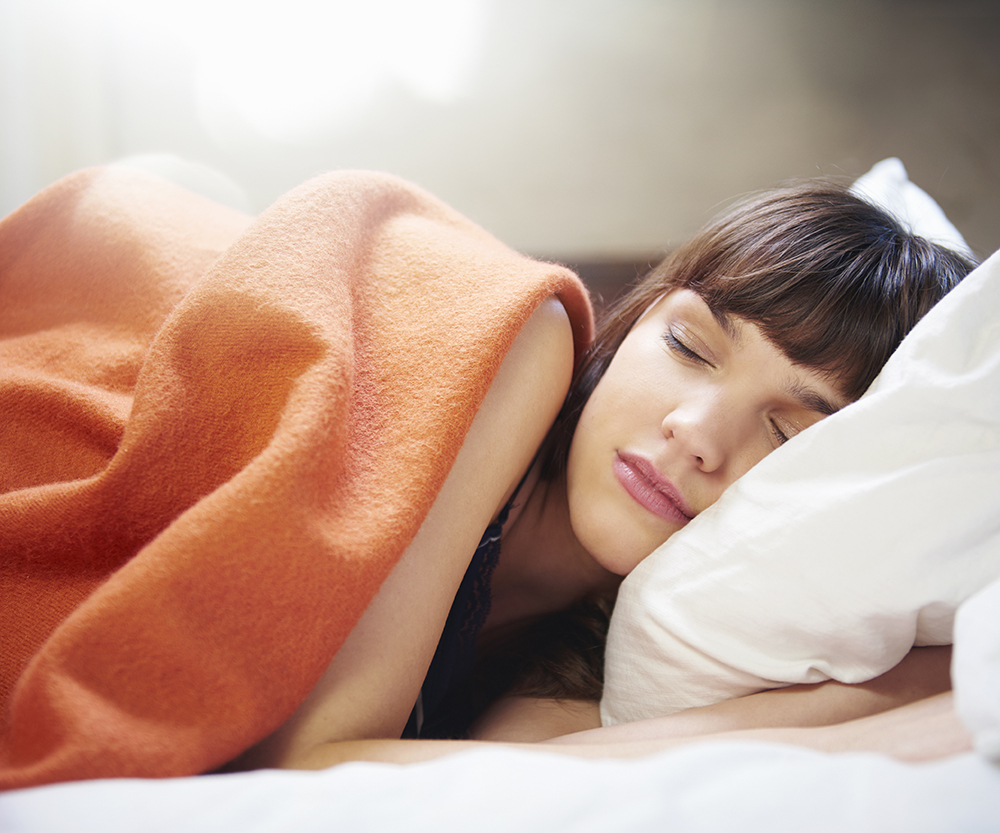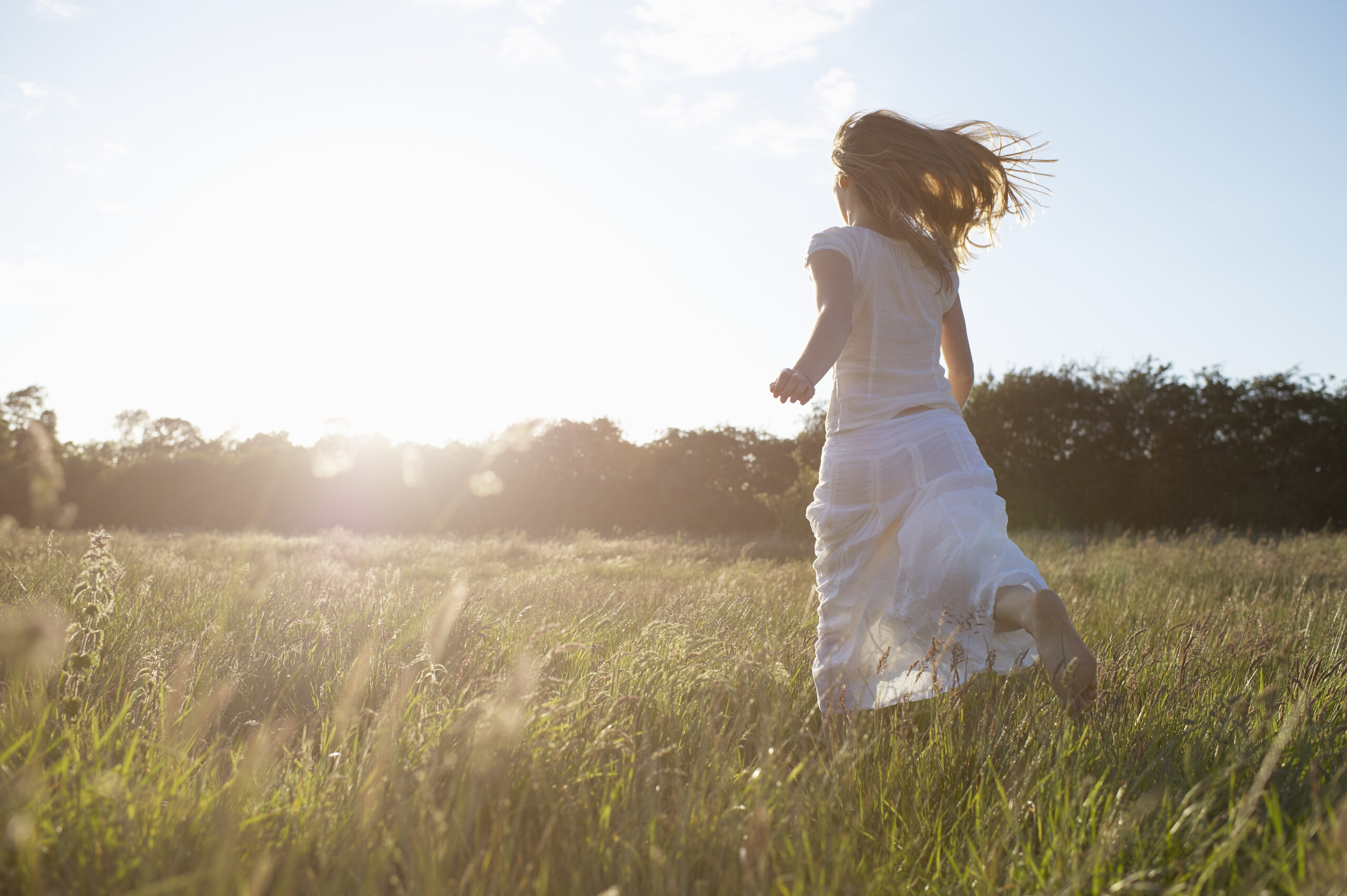Getting enough shut-eye has a lot to do with our biological rhythms, and those who understand and follow their body clock will not only enjoy quality sleep but also better health.
Professor Achim Kramer explains why.
Do you have social jetlag?
“The time we wake up is one of the most underestimated causes of tiredness,” says Professor Achim Kramer.
“Instead of concentrating on our problems of falling and staying asleep, we should be paying more attention to our biorhythms.”
But often, it’s not that simple to live by this rule, he says.
“Our day is determined almost entirely by external factors that counteract our body’s internal clock.”
School and work start times, for instance, dictate when we have to get up.
“From a biological perspective, that is much too early for most people,” he reveals.
“The alarm goes off while they’re still in a deep sleep, because their body clock operates differently, and stipulates a different sleep window.”
The fact is, more and more people are missing their optimum windows for sleeping and waking, and end up lacking concentration and being unproductive during the day due to inadequate sleep.
Experts call this phenomenon ‘social jetlag’.
Lack of sleep is stressful on the body
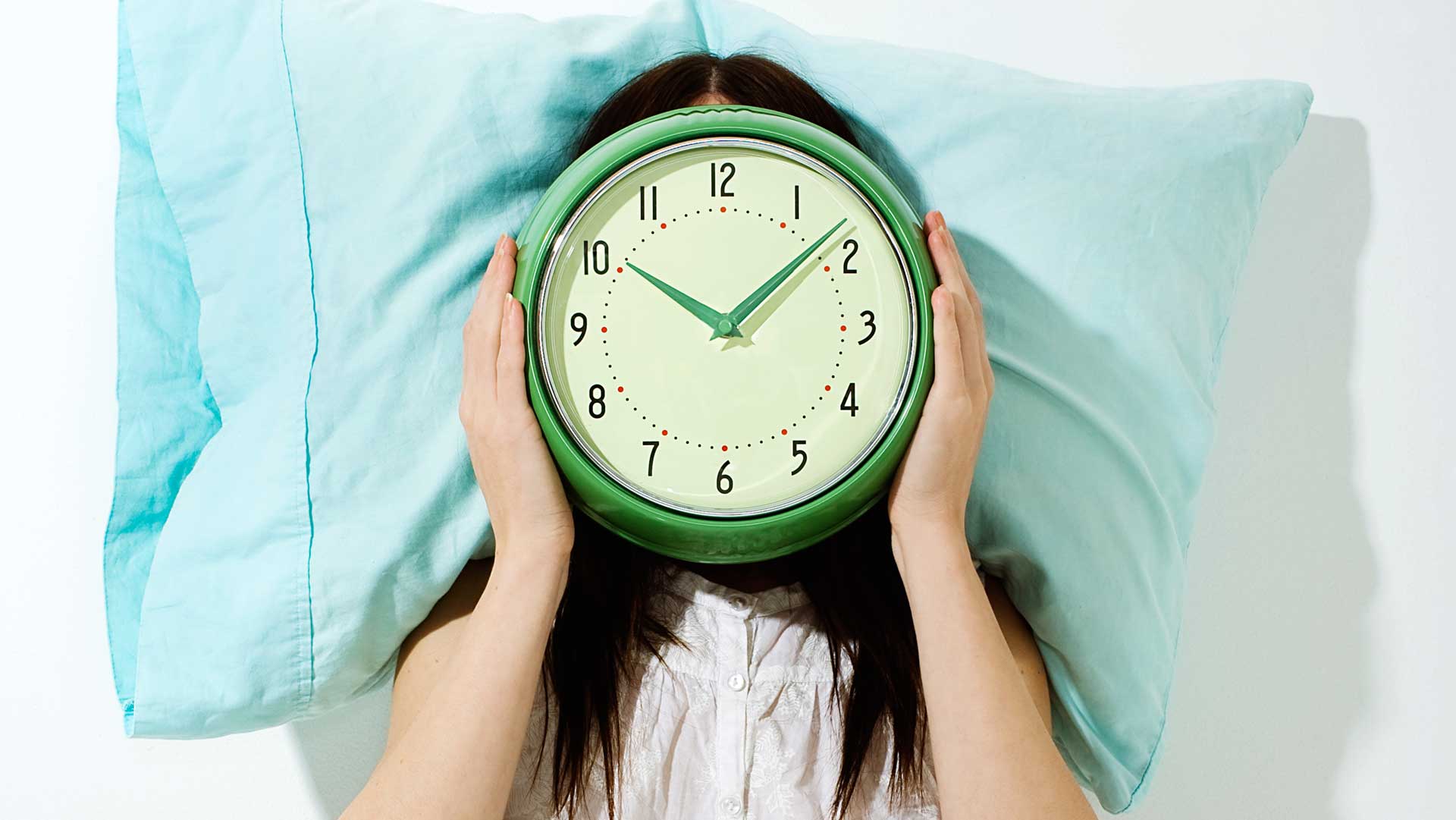
Professor Achim Kramer says more and more people are missing their optimum times for sleeping and waking. (Image: Getty)
The greater the difference between what the body clock wants and what everyday life demands, the greater the effect of this so-called ‘social jetlag’.
It’s similar to the feeling after a long-haul flight, except that permanent social jetlag leads to chronic lack of sleep.
This in turn places our body under unhealthy, long-term stress.
But how does this impact our health?
“People who permanently go against their natural sleeping and waking rhythms are more susceptible to organ diseases.
“Cardiovascular disorders, diabetes and depression are among the proven consequences of chronic lack of sleep.”
Many social demands are beyond our control, but there are steps we can take that can help.
“We can strengthen our body clock by being in daylight as much as possible,” Professor Kramer advises.
“This is because light stabilises and strengthens our internal rhythms, thereby combating tiredness.”
Sleep researchers (somnologists) have identified four sleep windows that ensure optimum sleep.

Many social demands are beyond our control, but there are steps we can take that can help. (Image: Getty)
The waking window
The time we get up in the morning is crucial to how well rested we feel.
“While we’re sleeping, we go through different phases,” explains Professor Kramer.
“These phases last on average 90 minutes each, but in some people this is only 80, and in others 100 – and repeat four to six times a night.”
The ideal time to get up is the end of this cycle, when we’re sleeping more lightly – ie after six, seven and a half, or nine hours. The body’s internal clock is prepared to wake up at this time.
“If, however, the alarm goes off too early, we’re still in a deep-sleep phase and will feel completely knackered.”
To avoid this, experiment with your waking times.
Often, all it takes is setting the alarm half an hour earlier.
If you can’t find the right waking time, you can also use a sleep-cycle alarm clock or app.
These record the sleeper’s movements, and are able to identify moments of waking or windows of light sleep.
They then go off within a set time frame to ensure you feel most energised upon waking.
This can also really help late risers.
“I use a wake-up light,” reveals Professor Kramer.
This little bedside lamp wakes sleepers by gradually getting brighter and brighter, starting 20 to 60 minutes before the set waking time.
“This gets you out of your sleep slowly and gently.”

If you can’t find the right waking time, you can also use a sleep-cycle alarm clock or app. These record the sleeper’s movements, and are able to identify moments of waking or windows of light sleep. (Image: Getty)
The falling asleep window
Everyone has their own falling-asleep window, which opens on average every 90 minutes.
During this time, the body goes through a phase of relaxation.
For most people, the best time (based on their own personal biorhythms) is between 10pm and 11.30pm.
Our body promptly sends us signals to alert us to the fact that it wants rest, typically in the form of frequent yawning and heavy eyelids.
These signals make it very clear that we should go to bed – where possible, within the next 20 minutes.
Those who miss their sleep window will automatically slide into the next wake phase, and will have to wait for the next window to come – 90 minutes later.
Over time, it is possible to establish an optimum falling-asleep window through regular routine, ie having a certain time frame at night in which the body falls asleep more easily.
Tip:
Give yourself 30 to 60 minutes to wind down in the evening before turning in.
This allows your body and mind to relax and get ready for sleep.
The diet window
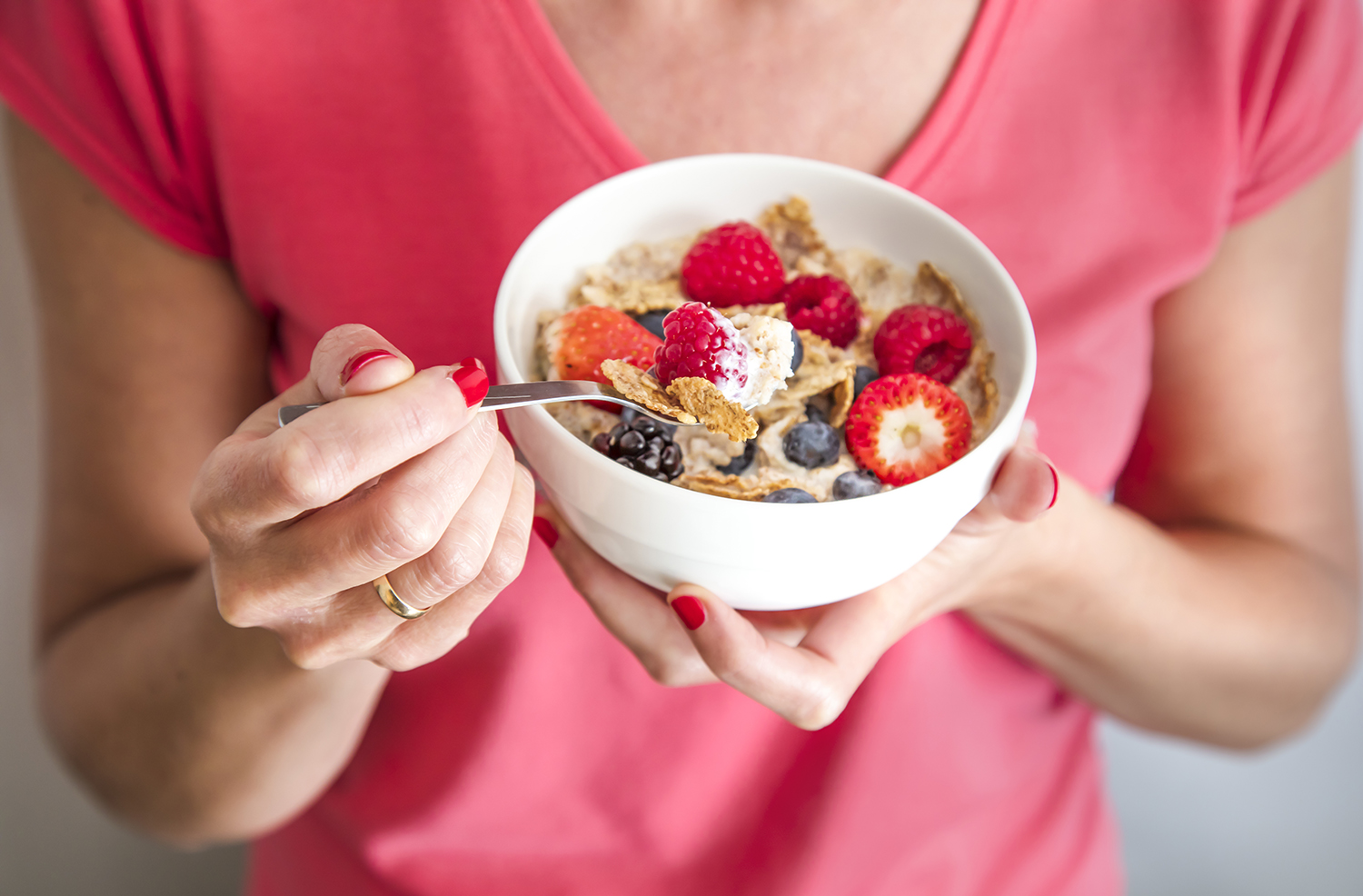
For optimal sleep, we should make sure we don’t eat anything after 6 or 7pm. (Image: Getty)
What do sleeping problems have to do with the gut? A lot actually!
When gut function is out of balance, it often throws out our sleep too.
Anyone who eats unhealthily, too much, too quickly and, most importantly, too late, will irritate their gut, which can result in chronic sleep disorders.
The same thing happens with food intolerances, such as fructose or lactose – or if we eat raw fruit and vegetables at night.
For optimal sleep, we should make sure we don’t eat anything after 6 or 7pm.
Our digestive system slows down at night, meaning food lies stagnant in the gut and things like salad start to ferment, producing toxic alcohols.
On the one hand, this can result in painful flatulence, and on the other, it forces the body, particularly the liver, to re-activate itself to remove the toxins.
This puts our organs under stress and keeps us awake.
The age window
The older we get, the more important external timers become for our body clock.
Our sleep quality starts to deteriorate from our 30s.
Once we hit 50, sleep duration can further decrease, and the so-called sleep architecture changes – the percentage of deep sleep changes, and sleep becomes increasingly unstable.
We can intervene in these biological change processes.
“Daylight once again helps combat this process,” says Professor Kramer.
Studies have also shown that those who fill their day with activities and who set themselves goals and tasks, can sleep better than those who lead passive, inactive lives.
Babies need 16 hours of sleep a day, while a 65-year-old can usually get by on just six.
Foetuses in the womb and newborns display significantly more REM sleep (up to nine hours) than adults – this phase is probably essential for brain development.
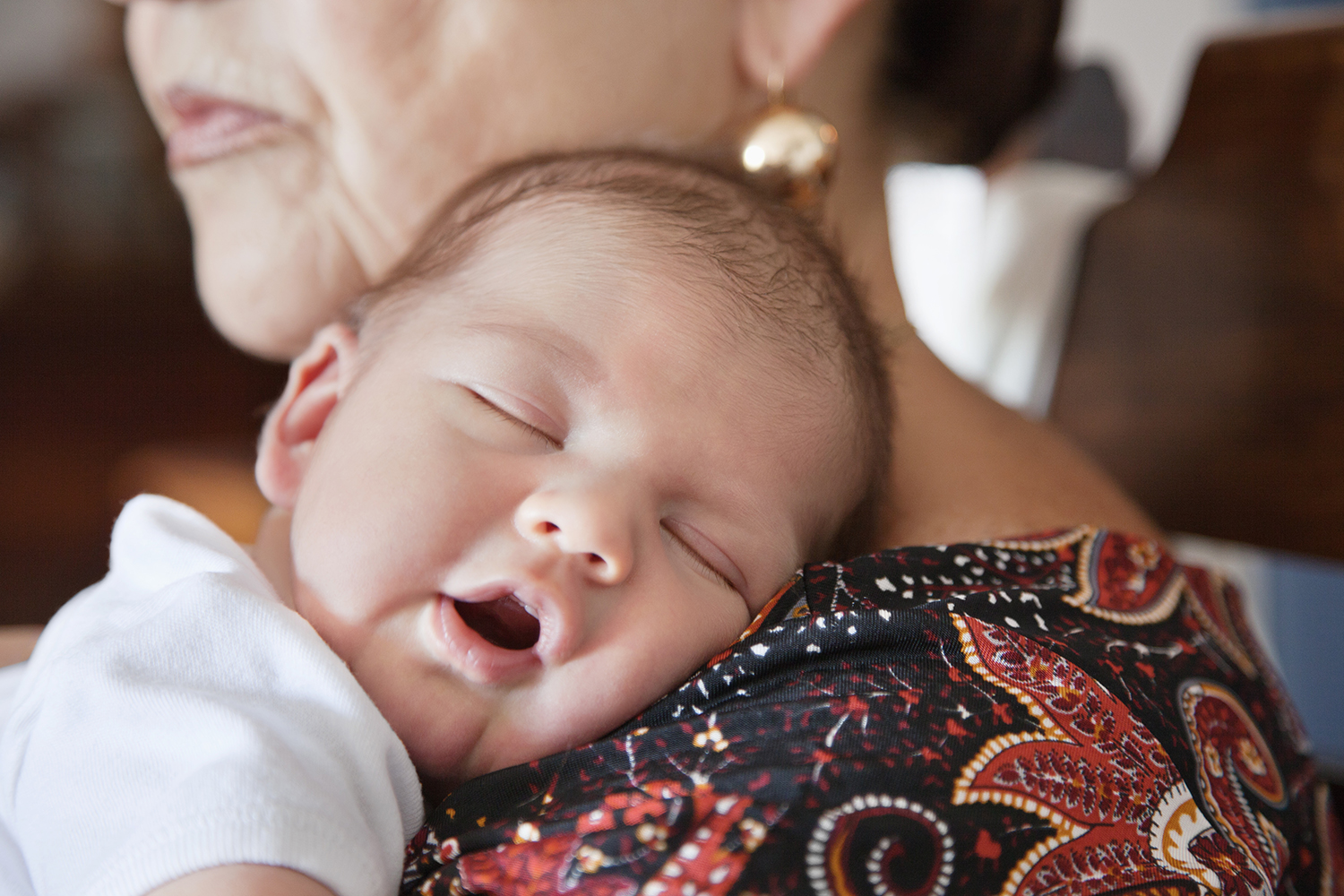
Babies need 16 hours of sleep a day, while a 65-year-old can usually get by on just six. (Image: Getty)
The different stages of sleep
There are two types of sleep: rapid eye movement (REM) sleep and non-REM sleep, which has three different stages where each are linked to specific brain waves and activity.
You typically cycle through all stages of sleep several times in a night.
Stage one:
The first stage of non-REM sleep is the drowsy changeover period from wakefulness to sleep, which only lasts several minutes.
It is light sleep, as your brain waves begin to slow from their daytime patterns.
Heartbeat, breathing, and eye movements all slow, and your muscles relax with occasional spasms or twitches.
Stage two:
The second stage of non-REM sleep is a period of light sleep.
Your heartbeat, brain activity and breathing all continue to slow, muscles relax even further, body temperature decreases and eye movements stop.
To feel refreshed and rested in the morning, it is best to wake up during these first two lighter stages of sleep.
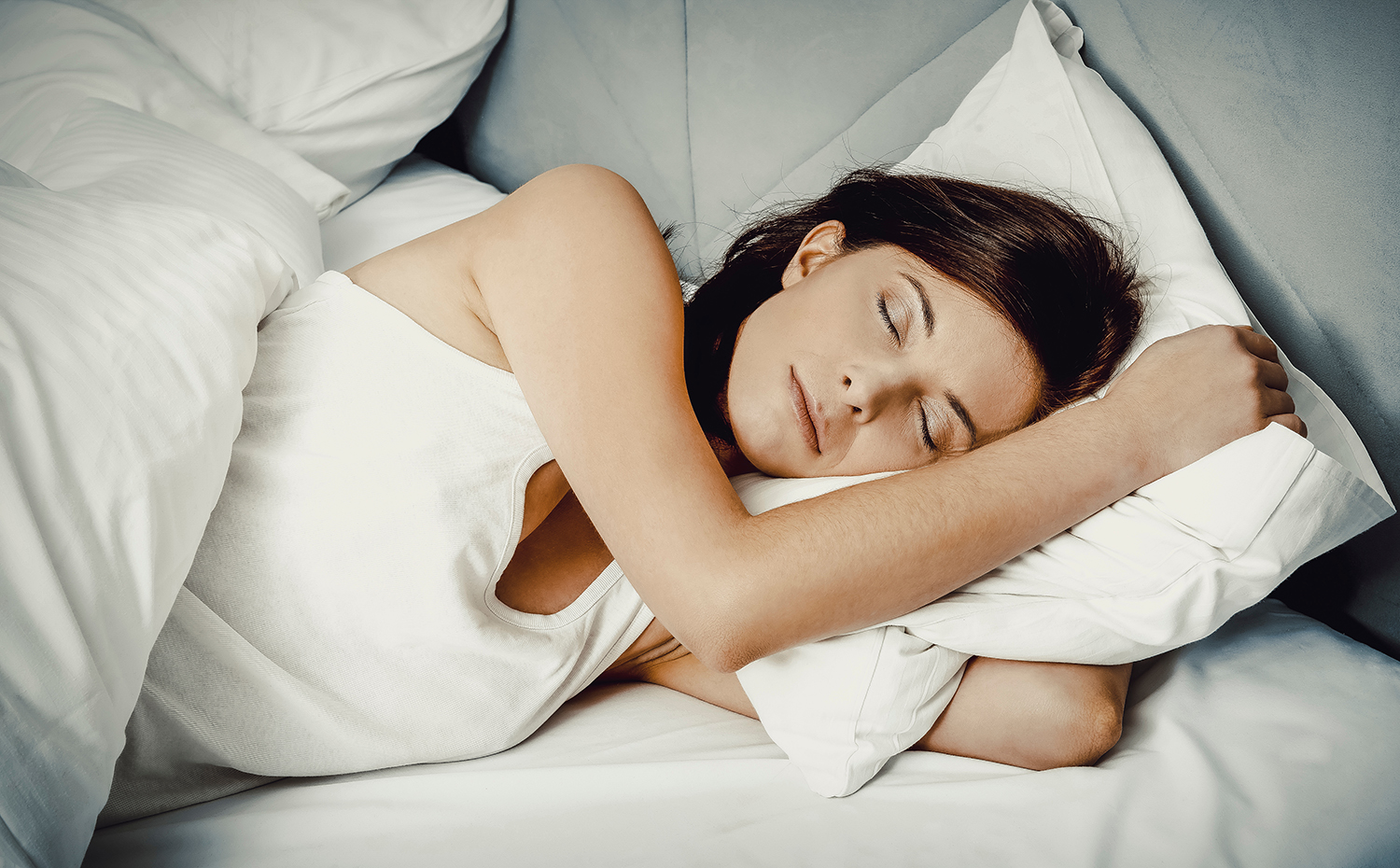
You typically cycle through all stages of sleep several times in a night. (Image: Getty)
Stage three:
The third stage of non-REM sleep is the most restorative and deep period of sleep that you need to feel refreshed when you wake in the morning.
Breathing, heart rate and brain waves slow to their lowest levels, your muscles are very relaxed and it will be much harder to wake you.
Sleep walking and talking typically occur during this stage.
Stage four:
The fourth stage, REM sleep, is where most of your dreaming occurs.
Breathing becomes faster and more irregular, and eyes often move rapidly from side to side behind closed eyelids.
Brain wave activity, heart rate and blood pressure all increase to more closely resemble waking levels.
Being woken prematurely from this stage can leave you feeling groggy and sleepy.
As you age, less of your sleep time is spent in REM sleep.
